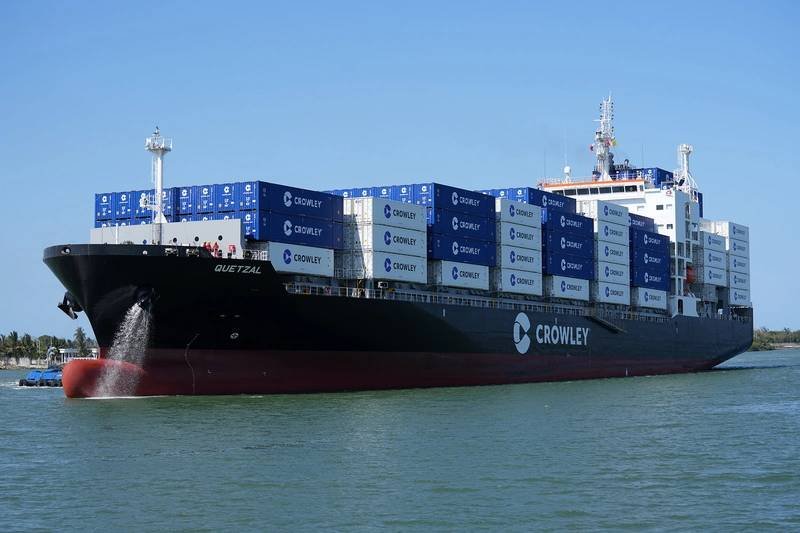Energy Observer, with the backing of the European Union’s Innovation Fund, is pushing forward with the development of the world’s largest liquid hydrogen-powered cargo ship. The project, known as EO2, was selected from 85 applicants and awarded €40 million to progress the vessel’s design. The current plan for EO2 is a 160-meter containership with a carrying capacity of 1,100 TEU. Energy Observer’s goal is to create a demonstration ship that will be the most environmentally friendly cargo ship in the world.
The development of EO2 represents a significant challenge, according to Didier Boix, Managing Director of EO Concept. The vessel will have an onboard power of 4.8 MW, equivalent to managing a fleet of one hundred hydrogen-powered vehicles. The project requires a comprehensive approach to integrate the ship’s technologies, establish a port ecosystem for liquid hydrogen, develop a digital twin, and provide team training. The total investment needed to complete the project is estimated to be over €100 million.
The initial concept for EO2 includes equipping the vessel with an electric propulsion system powered by hydrogen fuel cells. The plan is to have a range of 14 days and 1,600 nautical miles, with an average speed target of 12.5 knots. The vessel is expected to reduce CO2 emissions by 112,250 tons over 10 years. Commercial operations are projected to begin in 2029 along Europe’s Atlantic and Channel coasts. Various companies, including Accor, CMA CGM, Air Liquid, Toyota, and others, have provided support for the project over the past two years. The aim is to demonstrate the viability of liquid hydrogen for maritime transport and contribute to Europe’s leadership in clean energy technologies.














